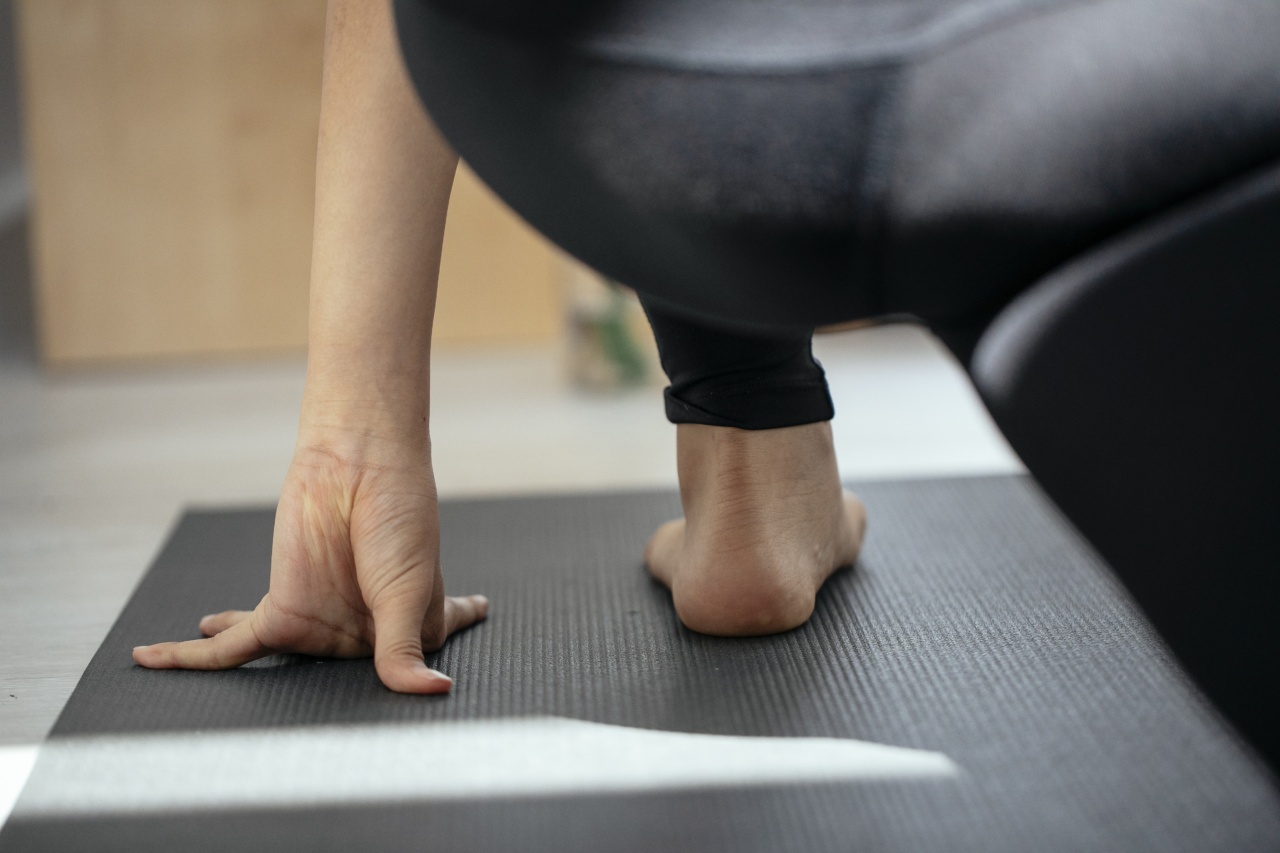Arthritis is a condition that affects millions of people worldwide, causing joint pain, stiffness, and reduced mobility.
Traditional treatments for arthritis often involve medication and physical therapy, but an increasing number of people are turning to holistic approaches to manage their symptoms. Two practices that have gained popularity in recent years for their potential benefits in managing arthritis are Tai Chi and Yoga. These ancient practices not only improve physical health but also promote emotional well-being and mental clarity.
In this article, we will explore the holistic approach to treating arthritis and how Tai Chi and Yoga can play a significant role in the management of this condition.
Understanding Arthritis
Arthritis refers to the inflammation of one or more joints, resulting in pain, swelling, and stiffness. There are over 100 different types of arthritis, with the most common being osteoarthritis and rheumatoid arthritis.
Osteoarthritis occurs when the protective cartilage that cushions the ends of bones wears down over time, while rheumatoid arthritis is an autoimmune disorder where the immune system mistakenly attacks the joints, causing inflammation.
Traditional Treatments for Arthritis
Conventional treatments for arthritis typically focus on reducing pain and inflammation, slowing down the progression of the disease, and improving joint function.
Non-steroidal anti-inflammatory drugs (NSAIDs) are commonly prescribed to manage pain and inflammation. Physical therapy and occupational therapy are also integral parts of treatment plans as they help improve flexibility, strengthen muscles, and teach joint protection techniques.
In more severe cases, corticosteroids or disease-modifying antirheumatic drugs (DMARDs) may be prescribed.
The Limitations of Traditional Treatments
While traditional treatments can be effective in managing arthritis, they may not address the holistic needs of individuals. Arthritis not only affects the physical body but also impacts emotional well-being and can lead to anxiety and depression.
Additionally, the long-term use of medications can have side effects. This has led many people to seek alternative, holistic approaches that take a more comprehensive view of managing arthritis.
The Holistic Approach to Arthritis
A holistic approach to managing arthritis involves addressing the physical, emotional, and mental aspects of the condition. By focusing on overall well-being and quality of life, individuals can lead more fulfilling lives despite dealing with arthritis.
Tai Chi and Yoga are two practices that align with this holistic approach and offer numerous benefits for arthritis patients.
Tai Chi: Movement for Mind and Body
Tai Chi, often referred to as “moving meditation,” originated in ancient China as a martial art and has evolved into a gentle form of exercise and meditation.
It involves performing slow, continuous movements and deep breathing while maintaining a focused mind. Tai Chi promotes the flow of vital energy (qi) throughout the body’s meridian channels, which are believed to impact overall health and well-being.
Studies have shown that Tai Chi can benefit individuals with arthritis in several ways. The gentle, low-impact nature of Tai Chi makes it suitable for people of all fitness levels, including those with joint pain and limited mobility.
Regular practice of Tai Chi has been found to improve muscle strength, flexibility, and balance, reducing the risk of falls, one of the major concerns for arthritis patients. Tai Chi also promotes relaxation and reduces stress levels, which can help alleviate pain and improve overall mental well-being.
Yoga: Combining Movement and Mindfulness
Yoga is an ancient practice originating from India that combines physical postures (asanas), breathing exercises (pranayama), and meditation. It focuses on achieving harmony between the mind, body, and spirit.
The various yoga poses and sequences help improve flexibility, strength, and balance.
For individuals with arthritis, practicing yoga can have numerous benefits. The gentle stretching and controlled movements in yoga help to lubricate the joints, reduce stiffness, and increase range of motion.
Regular yoga practice has also been shown to improve muscle strength and promote better posture, reducing the strain on joints. Breathing techniques and meditation in yoga can help individuals manage pain and reduce stress levels, leading to improved overall well-being.
Combining Tai Chi and Yoga for Arthritis Management
While both Tai Chi and Yoga offer substantial benefits for arthritis patients, combining the two practices can have an even greater impact on overall health and well-being.
By incorporating both Tai Chi and Yoga into a regular exercise routine, individuals can enjoy the benefits of improved strength, flexibility, balance, and reduced stress.
Tai Chi and Yoga can complement each other by addressing different aspects of physical and mental health.
Incorporating these practices into daily life may also encourage individuals to make positive lifestyle changes, such as adopting a healthier diet, managing weight, and quitting smoking.
These factors can further contribute to managing arthritis symptoms and improving overall health.
Considerations and Precautions
While Tai Chi and Yoga are generally safe for most individuals, it is essential to take certain precautions when practicing these activities, particularly for those with severe joint damage or other underlying health conditions.
It is advisable to consult with a healthcare professional or a qualified instructor before starting any new exercise program.
Conclusion
The holistic approach to treating arthritis acknowledges the interconnectedness of the mind, body, and spirit.
Tai Chi and Yoga offer individuals with arthritis a comprehensive means of managing their symptoms while promoting overall physical and mental well-being. By incorporating these practices into their lives, individuals can experience improved joint function, reduced pain, increased flexibility, enhanced balance, and a sense of calm and relaxation.
As with any new exercise regime, it is crucial to consult with a healthcare professional to determine the best approach for individual needs.































